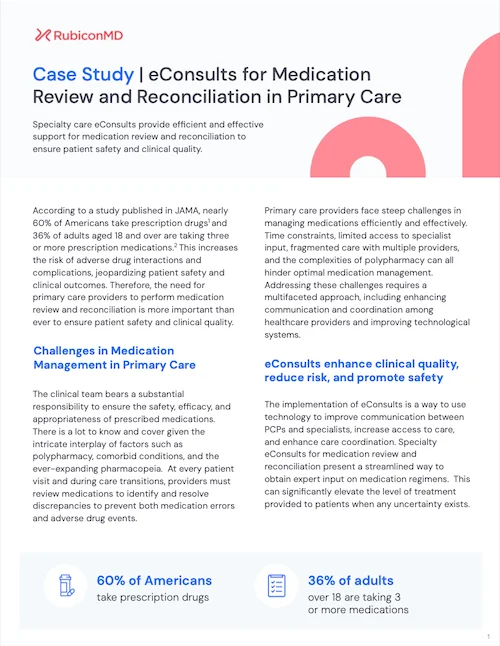eConsult Transcript
PCP submission
44 year old male with HIV, CHF, NICM, ESRD on HD, PE. He is new to me: recently discharged from the hospital with a diagnosis of adrenal insufficiency and was advised to take prednisone 20 mg po qAM and 10 mg po qPM.
I saw him today post-HD, hypotensive and tachycardic. He reports he was given an abx at HD for a “bug in his blood.” We have a lot of care coordination issues here. He has been taking this prednisone about 80% of the time.
While I am waiting for him to get into endo, what labs should I be monitoring until then? Thank you!
Specialist response
Wow. That’s a huge dose of steroids. We typically give ~10 mg/m2 BSA hydrocortisone for full replacement, which works out to ~10-15 mg hydrocortisone in the morning and ~5 mg in the afternoon for most people. He’s getting the equivalent of 120 mg daily.
If he has primary adrenal insufficiency (Conn’s), then he’d need mineralocorticoid replacement as well, usually given as fludrocortisone 50-200 mcg daily. But the massive dose of prednisone he’s getting should have enough mineralocorticoid activity that he’s covered. So whatever is causing his hypotension is not related to his steroid replacement. Is it possible he was over-dialyzed? Is he septic?
Specialist response
The need for further labs to work up his adrenal insufficiency depends on the suspected etiology of his AI. If he had suspected primary failure (again, Conn’s disease), then we’d generally check anti-adrenal/anti-21 hydroxylase antibodies, since they’re the most common etiology. If they were negative, then we would launch into the big ID/infiltrative workup that goes along with HIV: histo, CMV, TB, adrenal hemorrhage, lymphoma, mycobacteria, and Kaposi’s (and sometimes mets, although that’s rare). This would involve the usual serologic testing +/- cultures for all the above in addition to a CT of his adrenals. However, if he was thought to have secondary adrenal insufficiency because of chronic steroid exposure, pituitary injury, narcotics, etc, then we would test the rest of his pituitary function with a TSH, Free T4, IGF-1, and prolactin. We would wait until he was better to check his testosterone and gonadotropins, since acute illness decreases these even in healthy people. While you’re waiting on endocrine to see him, I’d also follow his electrolytes, since people with primary AI are at risk of hyperkalemia. Given the huge dose of steroid he’s on, he’s also at risk of hyperglycemia, so I’d watch out for that. I hope this is helpful. He sounds sick. Please message me back as more issues come up with his care.
PCP follow up
Thank you for this, very helpful! Got some notes from his hospitalization and there’s a note suspecting adrenal insufficiency related to severe hypothyroidism (unknown cause of this) but having him come in today for a visit. Will be monitoring closely and trying to get him into appropriate specialists
Specialist follow up
Thanks for the update. That makes me think the patient may not be adrenally insufficient at all. We often give steroids to people with myxedema because in the setting of moderate to severe hypothyroidism secondary to Hashimoto’s, there is a small risk of exacerbating borderline adrenal insufficiency with initiation of thyroid hormone.
So if the testing from the hospital isn’t compelling for true AI, I’d work on tapering the steroids. The best way to do this is to eliminate the afternoon dose first, then go down on the morning dose as quickly as you feel comfortable. It can usually be done pretty quickly, like 5-10 mg/week.
